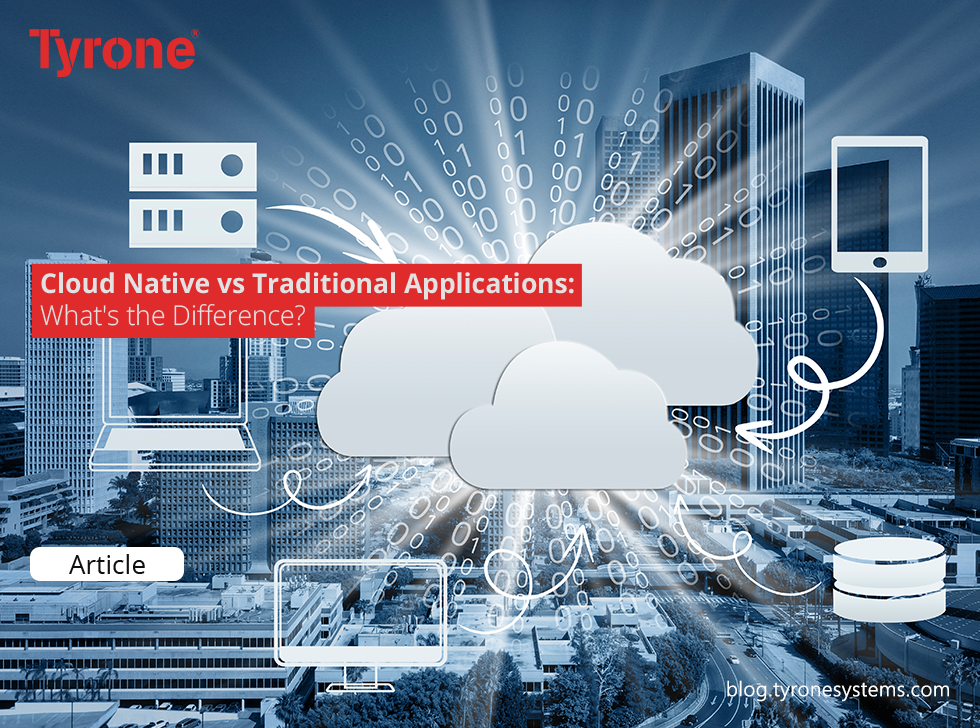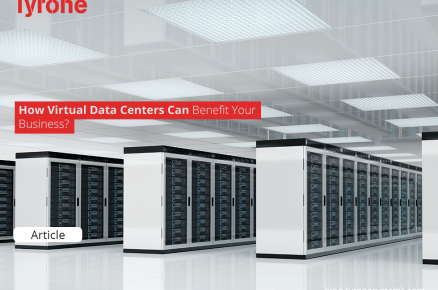Cloud computing has revolutionized the way businesses operate by providing an agile, scalable, and cost-effective solution for running applications. Cloud-native applications are designed to leverage the full potential of cloud computing and offer several advantages over traditional applications.
What are traditional applications?
Traditional applications are typically designed to run on a single server or a small cluster of servers in a data center. These applications are usually monolithic, which means that the entire application is designed to run as a single unit. This design makes traditional applications challenging to scale, and any change in the application requires the redeployment of the entire application.
The limitations of traditional applications
Traditional applications have several limitations, including:
- Scalability: Traditional applications are difficult to scale horizontally, which limits their ability to handle large volumes of traffic.
- Resilience: Traditional applications are often prone to failure due to their monolithic design. If one component fails, the entire application is affected.
- Flexibility: Traditional applications are challenging to modify, which makes them less flexible.
- Cost: Traditional applications require a significant amount of infrastructure, which can be expensive to maintain.

What are cloud-native applications?
Cloud-native applications, on the other hand, are designed to take full advantage of cloud computing. These applications are typically built using microservices architecture and are deployed in containers. Cloud-native applications are also designed to be scalable, resilient, and flexible, making them ideal for handling large volumes of traffic and for rapidly changing business needs.
The advantages of cloud-native applications
There are several advantages to using cloud-native applications, including:
1. Microservices Architecture
Cloud-native applications are typically built using microservices architecture, which allows each component of the application to be developed and deployed independently. This design makes cloud-native applications more flexible and easier to modify.
2. Containers
Cloud-native applications are deployed in containers, which provide a lightweight and portable way to package an application along with its dependencies. This design allows for rapid deployment and scalability, making cloud-native applications ideal for handling large volumes of traffic.
3. Continuous Integration/Continuous Deployment (CI/CD)
Cloud-native applications are designed to be deployed using a continuous integration/continuous deployment (CI/CD) pipeline. This process allows for rapid and automated deployment of changes to the application, reducing the risk of errors and increasing the speed of deployment.
4. DevOps
Cloud-native applications require a DevOps approach to development, which means that developers and operations teams work together to develop and deploy the application. This approach ensures that the application is designed to be scalable, resilient, and secure.
5. Security
Cloud-native applications are designed with security in mind, and they use several techniques to ensure the application is secure. For example, containers are isolated from each other, and the application is typically designed to be stateless, which reduces the risk of data breaches.
6. Cost
Cloud-native applications can be more cost-effective than traditional applications because they use resources more efficiently. Containers are lightweight and can be easily moved between servers, which means that fewer resources are required to run the application.
7. Hybrid Approach
It’s also possible to take a hybrid approach to cloud-native applications. For example, businesses can use a mix of cloud-native and traditional applications, which allows them to take advantage of the benefits of cloud computing while still using their existing infrastructure.
8. Challenges with cloud-native applications
While cloud-native applications offer several advantages, there are also some challenges associated with them. For example, cloud-native applications require specialized skills and expertise, which may be difficult to find. Additionally, migrating an existing application to a cloud-native architecture can be complex and time-consuming.

Conclusion
In conclusion, cloud-native applications are designed to take full advantage of cloud computing and offer several advantages over traditional applications. Cloud-native applications are typically built using microservices architecture and deployed in containers, which makes them more scalable, resilient, and flexible. They are also designed to be secure and cost-effective. While there are some challenges associated with cloud-native applications, businesses that embrace this approach can reap the benefits of cloud computing.












